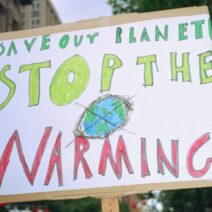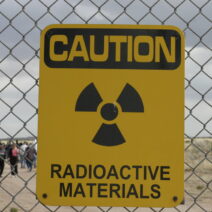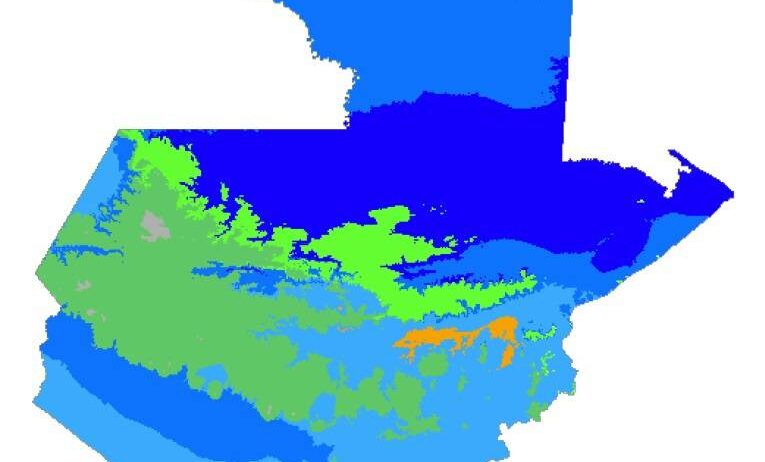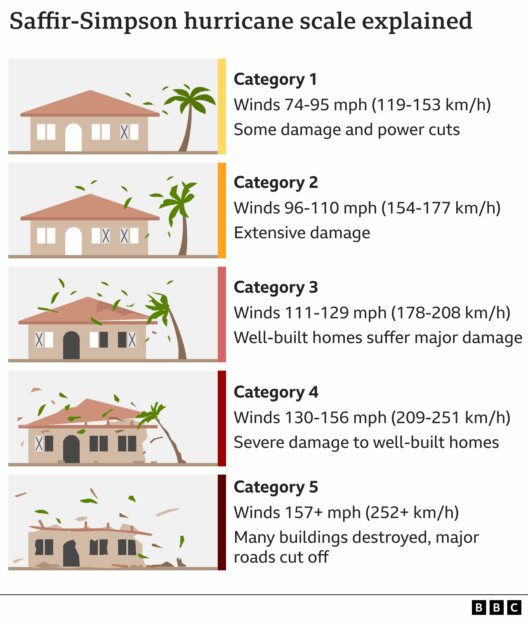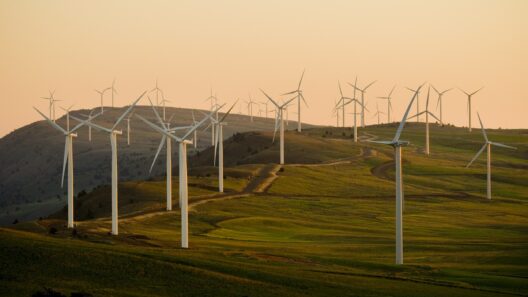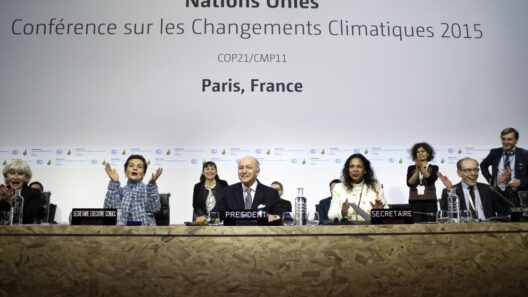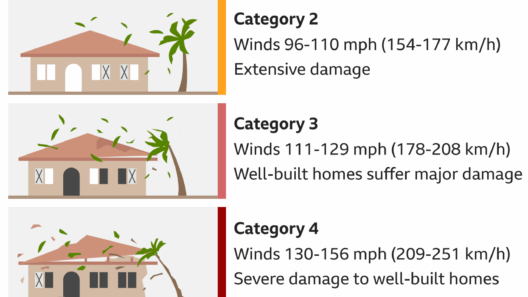Guatemala, a nation ensconced between the Pacific Ocean and Caribbean Sea, boasts a diverse climate that ranges from highland chill to tropical warmth. Its landscapes are a microcosm of natural wonders: emerald jungles, towering mountains, and fecund plateaus coexist in an intricate ballet. However, this ecological tapestry is fraying. The symbiotic relationship between Guatemalan ecosystems and the climate is increasingly strained, as the specter of climate breakdown looms large. This article delves into the nuances of Guatemala’s climate crisis, illustrating the dramatic interplay of its unique geography and the perilous ramifications of environmental disregard.
At first glance, Guatemala appears to be a land of paradoxes. Majestic volcanoes punctuate the skyline, remnants of a fiery past that loom watchfully over lush, green forests. This juxtaposition of fire and foliage contributes to the nation’s ecological richness. In the highlands, the temperature dips sharply, creating an alpine microclimate that contrasts sharply with the sultry, humid atmosphere of the lowland jungles. These climatic gradients foster unparalleled biodiversity. However, as climate change accelerates, these once-balanced ecosystems face ruinous shifts that threaten their existence.
The jungles of Guatemala teem with life—its vibrant, lush canopy is a haven for countless species. From howler monkeys’ haunting calls echoing through the treetops to the colorful toucans that flit between branches, this tropical paradise represents a biological cornucopia. But beneath this vivid façade, the roots of discontent run deep. Deforestation, driven by agricultural expansion and logging, relentlessly gnaws at the heart of these jungles. The relentless insatiability for land decimates habitats, while climate change further compounds the devastation, creating a vicious cycle of degradation and loss.
The towering mountains also testify to Guatemala’s climatic dichotomy. The rugged landscapes, which reach their zenith at 4,220 meters in the form of Tajumulco, serve as more than mere geographical boundaries; they act as climatic barriers. The elevation influences local weather patterns, generating microclimates that support unique flora and fauna. However, these mountains, long considered the guardians of the land, are now succumbing to the age-old adversary: climate change. Erosion rates escalate as heavy rains, a byproduct of shifting weather patterns, unleash destructive torrents. The resilience of these highland ecosystems is tested to its limits, with indigenous livelihoods hanging precariously in the balance.
Apart from the jungles and mountains, the fertile valleys of Guatemala provide a different perspective on the climate crisis. Here, agriculture has been the lifeblood of communities for centuries, but the increasing unpredictability of weather patterns jeopardizes food security. Coffee, once the pride of the Guatemalan economy, now faces existential threats from rising temperatures and the proliferation of pests. As farmers battle against the dual demons of climate change and market volatility, the nostalgia for Guatemala’s agricultural heritage intertwines with a palpable anxiety about the future.
The stunning Lake Atitlán, cradled by volcanoes, epitomizes the beauty of Guatemala’s geographical diversity. Often referred to as one of the world’s most beautiful lakes, Atitlán experiences the effects of climate change in a profound manner. Algal blooms, spurred by increased nutrient runoff and warmer water temperatures, threaten the lake’s biodiversity and the communities that depend on it. The convergence of natural beauty and human dependency highlights an unsettling truth: climate change knows no boundaries and leaves no untouched sanctuary in its wake.
As factors such as urbanization and industrialization exacerbate the climate crisis, the inequitable distribution of resources becomes ever more apparent. Those least responsible for greenhouse gas emissions—often rural communities—bear the brunt of climate change’s impacts. The plight of these communities must be recognized, as they navigate the treacherous waters of diminished resources and increased natural disasters. The resilience of the Guatemalan people is commendable, yet the systemic inequalities that underpin their challenges remain a significant barrier to adaptation and recovery.
The urgency of addressing climate breakdown in Guatemala cannot be overstated. Comprehensive policy action must be prioritized to protect both the fragile ecosystems and the human populations they sustain. Restoration of deforested areas through afforestation efforts could revive habitats and mitigate carbon emissions. At the same time, shifting towards sustainable agricultural practices could enhance food security while contributing to climate resilience.
Global engagement is essential, with international stakeholders collaborating to forge alliances aimed at combating climate-induced crises. Technology transfer, funding for conservation projects, and education initiatives can empower local communities to become stewards of their environment. Sustainable tourism, emphasizing ecological and cultural heritage, offers a pathway toward economic vitality alongside environmental protection.
Guatemala stands at a critical juncture—a choice between forging ahead on a path plagued by degradation and despair, or cultivating a future characterized by ecological and social harmony. The mountains, jungles, and valleys of Guatemala implore us to heed their warnings, forging a resolute path toward a stable climate and a sustainable future. It is a clarion call to recognize the interdependence of nature and humanity, to safeguard the unique appeal of this diverse land against the backdrop of a climate in turmoil. This intricate dance, fraught with complexity, is not merely a Guatemalan narrative; it resonates universally as the world grapples with the pervasive threat of climate change.
